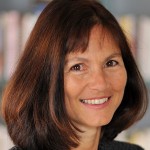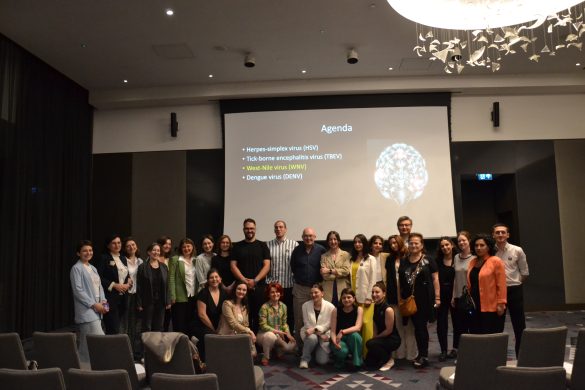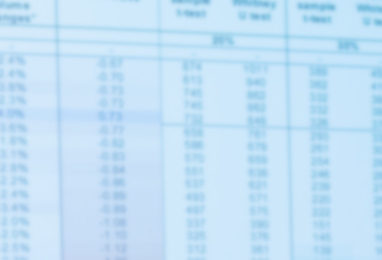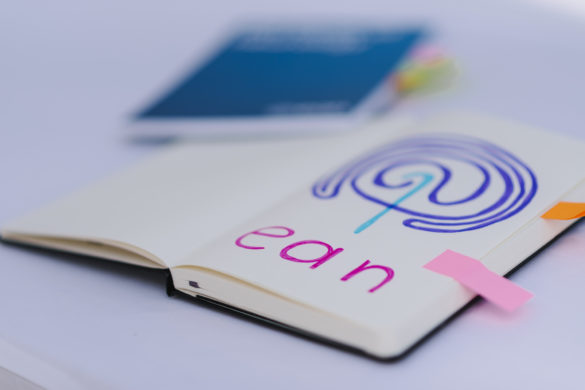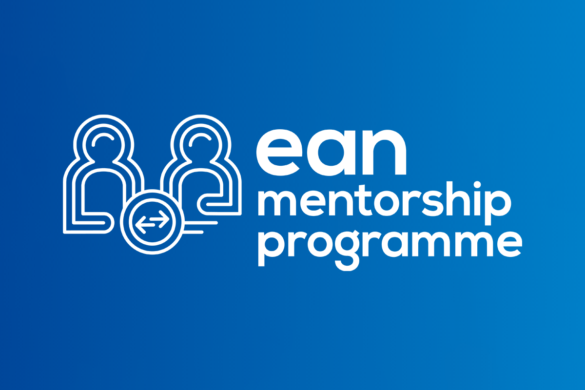Building on successes in Berlin this summer, you will soon see, particularly from 2017 onwards, new formats being introduced at the annual EAN meetings. First of all, the main symposia will not be changed. Here, exciting and novel clinical and scientific aspects of a disease related topic will be presented by experts in the field. The format of the focused workshops will also be kept as it was before. Up to three speakers will deal with a narrow and timely topic, aiming to promote discussion around new ideas, evidence or theories.
You will however see increasing changes related to the education program. The classical teaching course with up to four speakers and three levels will be kept. The distinction of teaching courses by “levels”, i.e. whether they are meant for beginners, advanced neurologists, or experts, was recently introduced and will be maintained. We are looking forward to feedback on how the levels work, and if the expectations are satisfied.
The second teaching format are the interactive sessions. These are based around clinical cases. A maximum of 6 cases centered around a unifying theme will be presented in one session. A chairperson will lead the general discussion and guide the presenters through the session. Case presentations are designed in a way to allow breaks for questions, which will be answered by the audience using a digital voting app, which can be used on smartphones, tablets or computers. The presenters of each case will discuss the answers with the audience. A similar type of session has been used at past European neurology congresses and was very popular. We hope to revive this format in a modern way.
Then, there will be the case-based facilitated workshops. These require extensive preparation by the speakers, and very active participation by the audience. In fact, audience may be the wrong word here. After thematic preparation, which includes preparatory reading before the session and a short introductory presentation by the chairperson, participants will divide up into working groups and will discuss special aspects of patient cases or related problems. At intervals, the working groups will present their results to the whole group, and tasks will rotate between subgroups. Of course, the exact format may vary depending on the topic, but small group discussions will be a core element. This type of session will not only be very educative and entertaining, it will also facilitate personal contacts and promote networking. We are looking forward to put this new exciting format to test.
Last but not least, there will be the hand-on courses. Like the classical teaching courses, these will come in 3 levels. Preparatory reading and a short introductory presentation may be included. Specialist equipment, for example for neurophysiology or neurosonology, will be set up. Participants will be able to practice under expert guidance. These will be small-group courses that will be repeated over time, according to their popularity.
We, the members of the teaching course subcommittee are looking forward to see these new formats come into life. Proposals by the Subspecialty Scientific Panels have now been prepared, and we are excited to find out which experiences both presenters and participants will make.
Professor Claudia Sommer works at the University Hospital in Würzburg, Department of Neurology, Germany and is member of the EAN Teaching Course sub-Committee.

